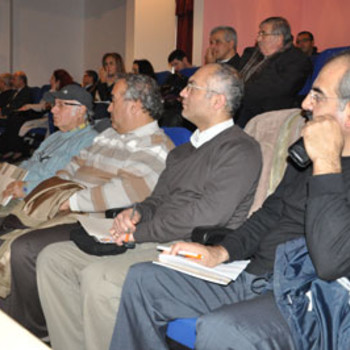What experiments are scientists doing about global warming?
2 Answers
Adopting plants, changing genes, trying to get new GMO (genetically modified organisms), etc.
Explanation:
Global climate change (NOT global warming) will cause lots of problems. Some sciencist try to develop new methods to adopt such changes. One is GMO (genetically modifient organisms) that will be able to survive under dry conditions or hotter environment (compared to good old days).
Another is changing plant cover of an area. Some areas will be hit badly in the future (maybe they will be dry or pretty hot). There are other places that have been dry or hot. Such species can be transferred to new areas.
Tourism will be a good activity (not in the Mediterranian) in northern places such as Nordic countries or Ukraina due to global climate change.
Some sciencist observe plants or other species under stress of the climate change. It is also an activity to report what will be the future like.
You can visit the following web sites to get a detailed answer:
http://www.carboeurope.org/education/CS_Materials/Bernd-BlumeExperiments.pdf
http://www.juliantrubin.com/fairprojects/environment/globalwarming.html
Some experiments are designed to establish if it is warming or cooling, especially at the moment.
Explanation:
It is very difficult to even to agree a definition of what constitutes "the" temperature of the Earth let alone measure it currently or estimate it in the past or predict it i the future. There are figures having the dimensions of temperature which attempt this.
For example, the Global Land-Ocean Temperature Index is commonly used, based on estimates of the surface temperature every few degrees of latitude and longitude.
Other experimenters use the Top of Lower Atmosphere, notably when using satellite measurements (based on radiation from the lower atmosphere rather than the surface).
Working out whether it is warming or cooling since say 1800 is difficult because of the scarcity of surface temperatures in the 1800s and the gradual change in temperature measuring procedures. For example, sea temperatures are estimated from canvas buckets on sailing vessels, through engine cooling water intake on diesel engines, through to free-floating buoys specifically designed for the purpose, and thence to deep-sea submersible buoys. Air temperatures are measured with balloons.
Since about 1979 it has been possible to estimate surface temperatures over a wide area to within a degree or two using satellites. This supplements the measurements made going back to around 1880 using thermometers at weather stations.
It is difficult with any of these procedures to get temperature estimates to within better than a degree of random error. Also the need to adjust the raw data to compensate for consistent changes in measurement procedures is a contentious area, notably estimating sea-surface temperatures in the 1800s. This figures is important as the amount of warming from the end of the Little Ice Age to the present is about half a degree Celsius.
Going back before the era of thermometers and weather-station logging is even harder. This leads to the use of "proxies". These are things that are sensitive to temperature and that can be used to "record" temperature in the past. This can be biological (such as tree rings or other plant features and population densities) or physical (such as ice cores taken from the poles).

